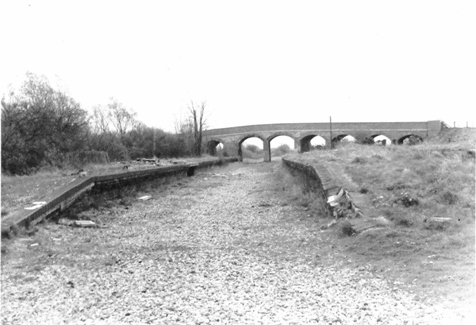Cerney Railway Station
South Cerney Railway Station, 1883-1961
South Cerney railway station opened in 1883 and was situated on the north side of the Wildmoorway Lane multi-arch road bridge off Station Road. Comprising two platforms with a long passing loop, the station was originally known as Cerney and Ashton Keynes, before being renamed Cerney after 1910 and, finally, South Cerney in 1924.
South Cerney station was built as part of the Swindon and Cheltenham Extension Railway's push to extend train services northwards from Rushey Platt, near Swindon which had been reached earlier in 1883 by the Swindon, Marlborough and Andover Railway from Andover.
The two rail companies merged in 1884 to form the Midland and South Western Junction Railway (M&SWJR), a name chosen to reflect the geographic reach of the line, although the last stretch to Andoversford was not finally completed until 1891. A year later the first train ran through to Southampton.
The line was operated by the M&SWJR from 1884 to 1923, by Great Western Railway between 1923 and 1948 and, from 1948 to closure in 1961, by British Railways. Heavily reliant on goods traffic, it was never a commercial success although troop movements, during the Second Boer War (1899-1902), both World Wars and peace-time exercises on Salisbury Plain, did provide financial lifelines.
South Cerney was an intermediate stop along the 68 mile route linking Andover in Hampshire with Andoversford (for Cheltenham), an important north-south route which allowed Midland Railway services to reach Southampton Docks via Cheltenham. The next station northwards was Cirencester Watermoor and southwards, Cricklade then Swindon Town. Centred on Cricklade, the main goods traffic was milk.
The last scheduled passenger train ran on September 10th 1961 and the station closed the following day. Goods traffic continued until 1963. South Cerney station and goods yard have since been replaced by housing in Lakeside and Robert Franklin Way and by a children's playground, but much of the original route northwards around the village and southwards to Cricklade forms the Sustrans 45 walking and cycle route.
In addition to the Wildmoorway Lane bridge, two other multi-arched bridges remain in situ - one, to the north of the station site, carries Bow Wow over the old trackbed; the other, a grade II listed monument, stands alongside Spine Road to the south of the village. This once carried the original Ashton Keynes road over the line but, with the construction of Spine Road, is now redundant.
The road into the centre of the village from Spine Road is still known as Station Road.
The Trust is very grateful to Neil Lover of Swindon's Other Railway for making available the images of South Cerney station and permitting their use in this gallery.
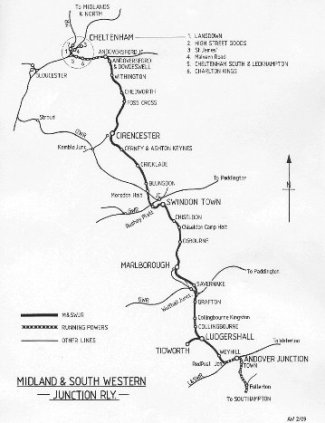
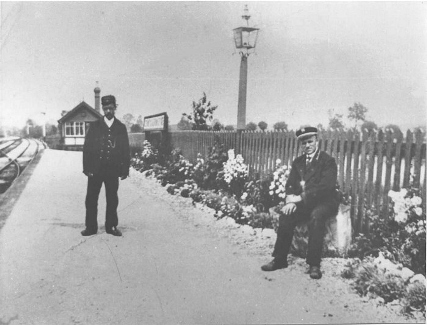
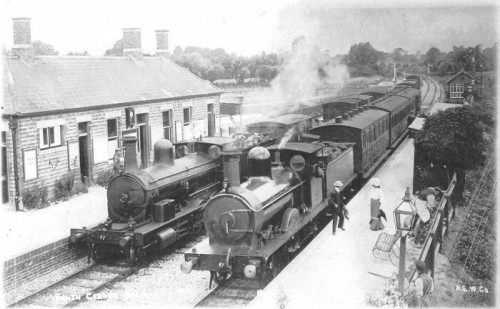
to allow the passenger train through [c.1900]
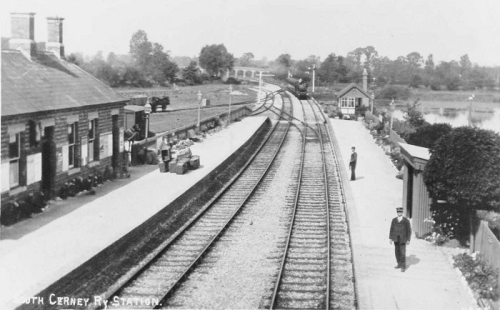
as a south-bound service approaches
[1900s]
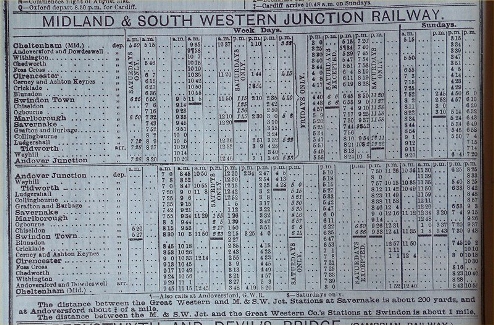

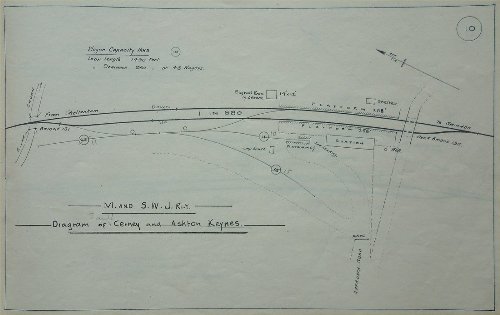
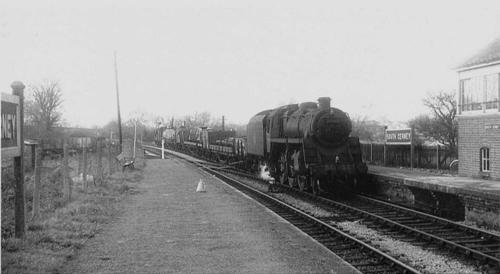
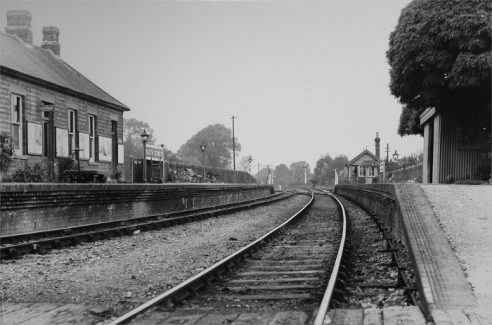
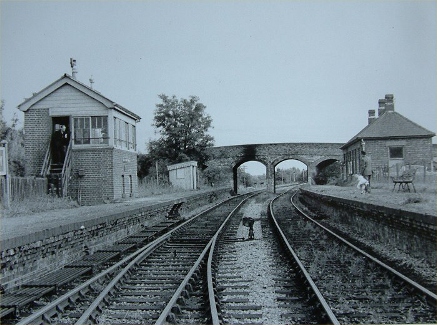
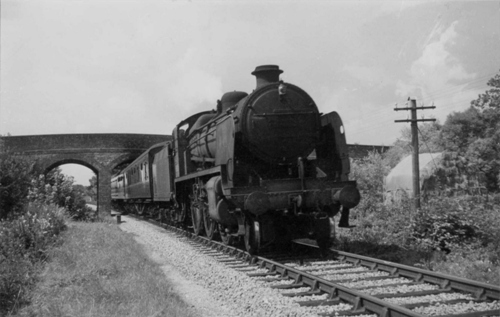

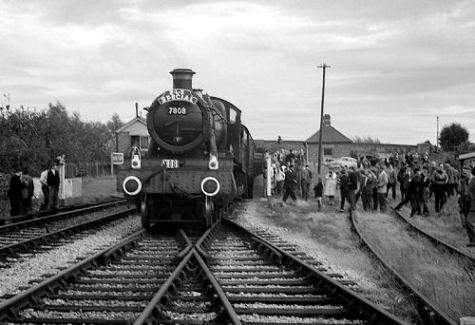
at the head of the farewell excursion leaves Cerney
[10 September 1961]
